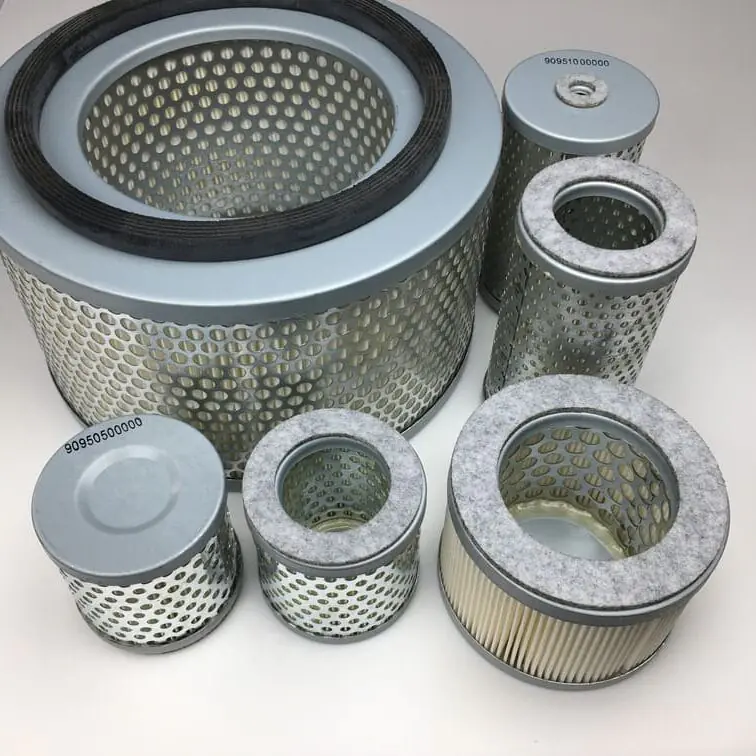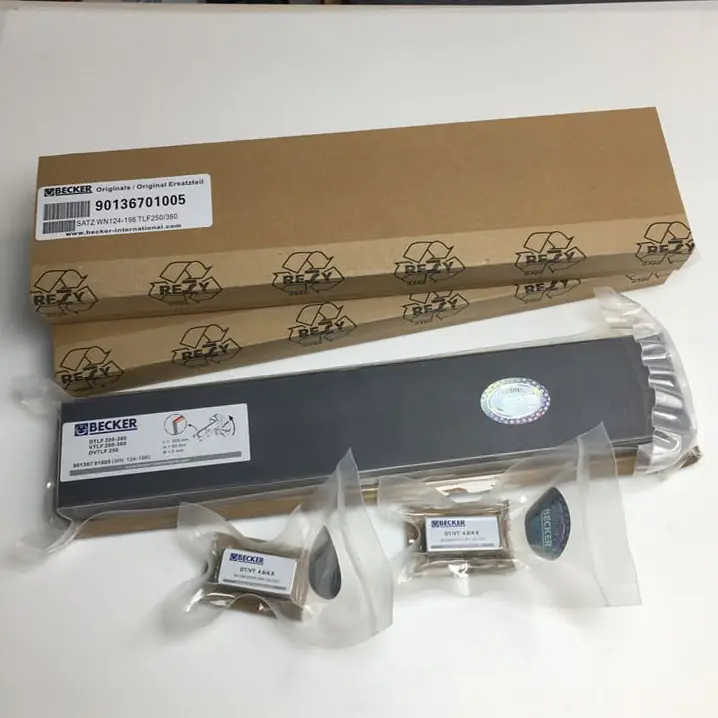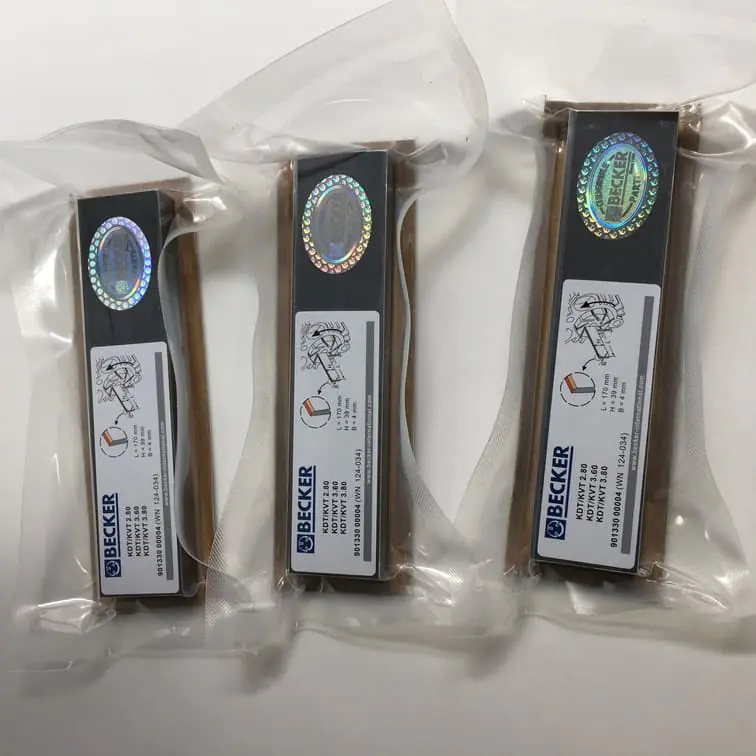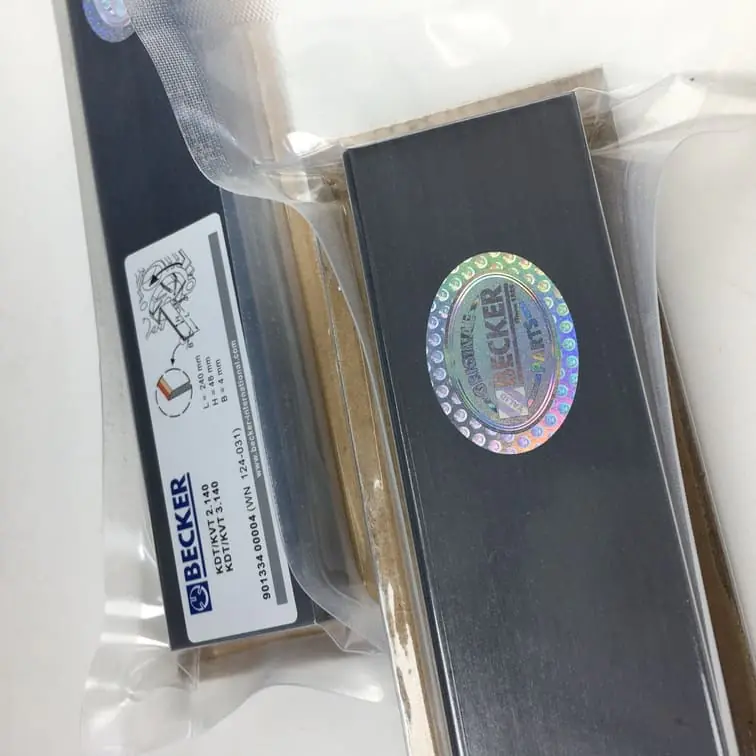How to Fill Harbor Freight Vacuum Pump
Filling your Harbor Freight vacuum pump correctly is essential to keep it functioning smoothly and effectively. Whether you are using it for HVAC systems, car maintenance, or other applications, ensuring the vacuum pump has the right oil level can make all the difference. In this guide, we will go through the steps on how to properly fill your Harbor Freight vacuum pump, and why it is so important for the pump’s overall health and longevity.
Understanding the Purpose of Oil in a Vacuum Pump
Before diving into how to fill a vacuum pump, let’s discuss why oil is so crucial in a vacuum pump. The oil in a vacuum pump performs several essential functions:
- Lubrication: Keeps all the moving parts properly lubricated, reducing friction and wear.
- Sealing: Helps to create an effective seal within the pump, which is crucial for generating a vacuum.
- Heat Dissipation: Oil also helps dissipate heat generated during the pump’s operation.
“Without proper oil levels, the pump may face premature wear, lower efficiency, and possible overheating, ultimately leading to system failure.”
Types of Vacuum Pump Oils
Choosing the correct type of oil is just as important as knowing how to fill your pump. There are different types of oils designed for specific pump models, and selecting the wrong oil could lead to problems.
1. Mineral-Based Oils
Mineral-based oils are the most commonly used type for Harbor Freight vacuum pumps. These oils are cost-effective and provide adequate performance for most standard applications.
2. Synthetic Oils
Synthetic vacuum oils are a better choice for applications involving extreme temperatures or highly reactive chemicals. They provide more stable performance and longer oil life.
3. Specialty Oils
Specialty oils, such as hydrocarbon-based oils, are used for applications that require enhanced lubrication under heavy loads.
“It is recommended to always consult the user manual to identify the correct type of oil suited for your vacuum pump model.”
Step-by-Step Guide to Fill Your Harbor Freight Vacuum Pump
Filling your Harbor Freight vacuum pump involves a few simple but important steps. Follow these instructions to ensure that your pump continues to operate effectively.
Step 1: Gather Your Materials
Before beginning, make sure you have everything you need:
- Vacuum Pump Oil: Choose an oil that is specifically designed for vacuum pumps, like Harbor Freight’s own brand or an equivalent brand.
- Funnel: Helps in minimizing spills during the process.
- Clean Cloth: To wipe off any excess oil.
Step 2: Locate the Oil Fill Port
- The oil fill port is usually located on the side of the vacuum pump. There will also be a sight glass or oil level indicator that allows you to monitor the oil level.
Step 3: Drain the Old Oil (If Applicable)
If you are refilling the oil, it’s important to first drain the old oil to avoid contamination:
- Power Down: Make sure the pump is completely turned off and unplugged.
- Remove the Drain Plug: Locate the drain plug and position a container below it to catch the old oil.
- Drain Completely: Allow all the oil to drain out to ensure no residue remains inside.
“Properly draining the old oil ensures no contaminants remain, which could affect the performance of your vacuum pump.”
Step 4: Fill with New Oil
Now that the old oil has been drained, it’s time to add the new oil:
- Insert the Funnel: Place a funnel into the oil fill port to make pouring easier and reduce spillage.
- Pour Slowly: Pour the vacuum pump oil slowly, keeping an eye on the sight glass to monitor the oil level.
- Correct Oil Level: The oil level should be at the middle of the sight glass when the pump is turned off. Make sure not to overfill, as too much oil can lead to increased pressure and reduced efficiency.
Step 5: Check for Leaks
After filling, ensure there are no oil leaks around the fill port or drain plug. Tighten any loose connections as needed.
Step 6: Test the Pump
Finally, turn on the pump to ensure everything is working correctly. Observe the oil level in the sight glass while the pump is running to confirm that the oil is being circulated properly.
Tips for Maintaining Your Harbor Freight Vacuum Pump
Filling your vacuum pump with oil is just one aspect of maintenance. Here are some additional tips to ensure your pump stays in great shape:
1. Regular Oil Changes
Oil in a vacuum pump should be changed regularly to maintain efficiency. For heavy use, change the oil every 100 hours of operation or as per the manufacturer’s recommendation. For lighter use, change it every 3-6 months.
2. Monitoring Oil Quality
Oil quality directly affects the pump’s performance. If the oil appears milky or cloudy, it indicates contamination, usually by moisture or chemicals. In such cases, change the oil immediately.
3. Clean the Inlet Filters
Vacuum pumps have inlet filters that prevent dust and other contaminants from entering the pump. Clean or replace these filters periodically to ensure that the pump is not subjected to excessive strain.
For more on replacement parts, including filters and oils, check out the Vacuum Pump Spare Parts available on our website.

Common Mistakes to Avoid When Filling a Vacuum Pump
Filling a vacuum pump might seem straightforward, but there are some common mistakes to avoid:
1. Using the Wrong Oil Type
Not all oils are created equal. Using oil that isn’t designed for vacuum pumps can lead to reduced performance and potential damage to internal components. Always ensure you’re using the right oil.
2. Overfilling the Pump
Adding too much oil can cause increased internal pressure, leading to oil leaks and reduced efficiency. Make sure to monitor the level through the sight glass.
3. Not Replacing Old Oil
Running a vacuum pump with contaminated or old oil reduces its lifespan. Always change the oil as needed, especially after exposure to moisture or contaminants.
Importance of the Sight Glass in Oil Filling
The sight glass in a vacuum pump plays a critical role in monitoring the oil level. The right oil level is vital for ensuring that all the internal components are adequately lubricated, sealed, and cooled.
- Optimal Level: The oil level should be between the minimum and maximum markers on the sight glass. This range provides sufficient lubrication without risking over-pressurization.
“A properly filled pump operates at maximum efficiency, reducing wear and extending its lifespan.”
Frequently Asked Questions
1. What type of oil should I use in my Harbor Freight vacuum pump?
You should use oil specifically designed for vacuum pumps. Mineral-based oils are commonly used, but you can use synthetic oils for specific applications involving extreme temperatures or chemicals.
2. How often should I change the oil in my vacuum pump?
For heavy use, change the oil every 100 hours of operation or as recommended by the manufacturer. If used occasionally, consider changing the oil every 3-6 months.
3. Can I use motor oil in my vacuum pump?
No, motor oil is not designed for vacuum pumps. It has a different viscosity and does not have the properties necessary for vacuum pump operation. Always use dedicated vacuum pump oil.
4. How do I know if the oil in my vacuum pump is contaminated?
Contaminated oil often appears milky, cloudy, or discolored. It may also have an unusual odor, indicating the presence of moisture or other contaminants.
5. Why is the sight glass level important when filling the pump?
The sight glass helps you maintain the correct oil level. Too little oil can lead to increased friction, while too much oil can cause pressure buildup and reduced pump efficiency.
Conclusion
Properly filling your Harbor Freight vacuum pump is crucial for maintaining its efficiency, reducing wear, and extending its lifespan. By using the right type of oil, filling it to the correct level, and performing regular maintenance, you can ensure that your vacuum pump runs smoothly and effectively for years to come. Don’t forget to also keep an eye on oil quality, perform regular oil changes, and monitor the sight glass for the correct level.
For all your vacuum pump maintenance needs, including oils, spare parts, and filters, visit Vacuum Pump Part Store. Ensuring proper care and maintenance of your vacuum pump will keep your systems running efficiently and minimize downtime, saving you both time and money in the long run.




